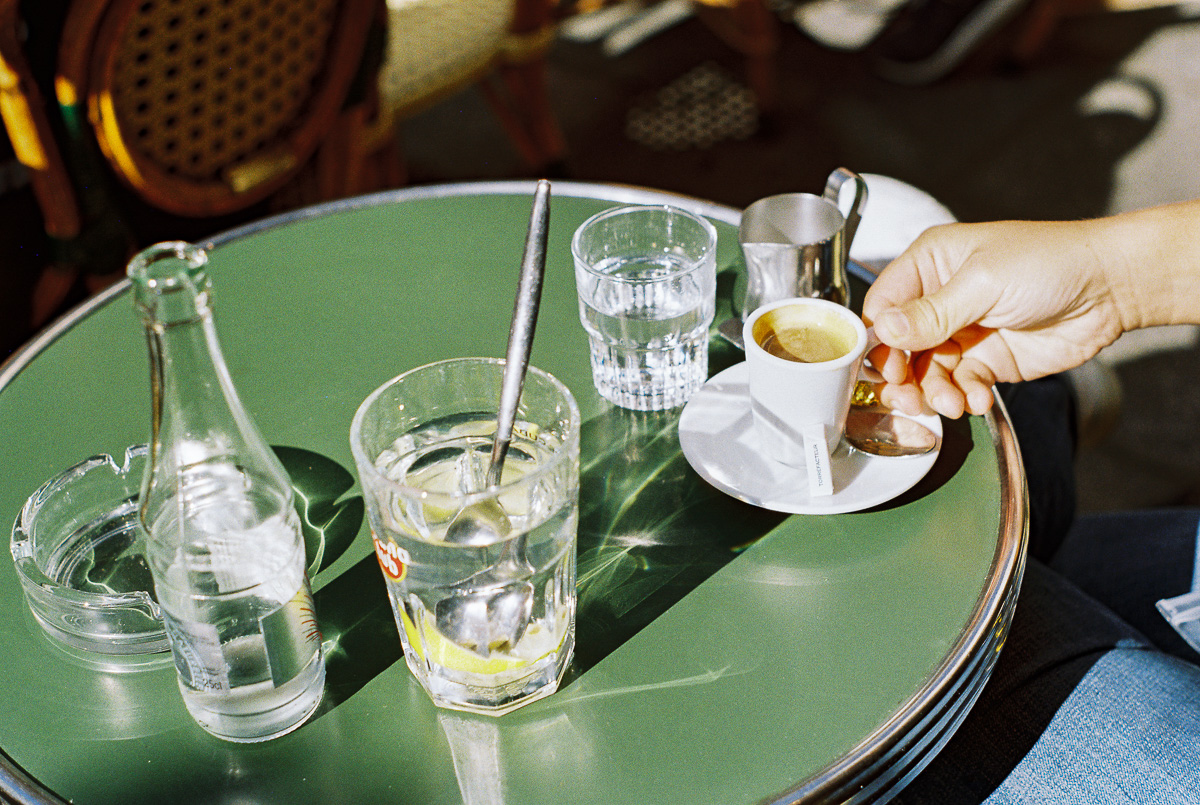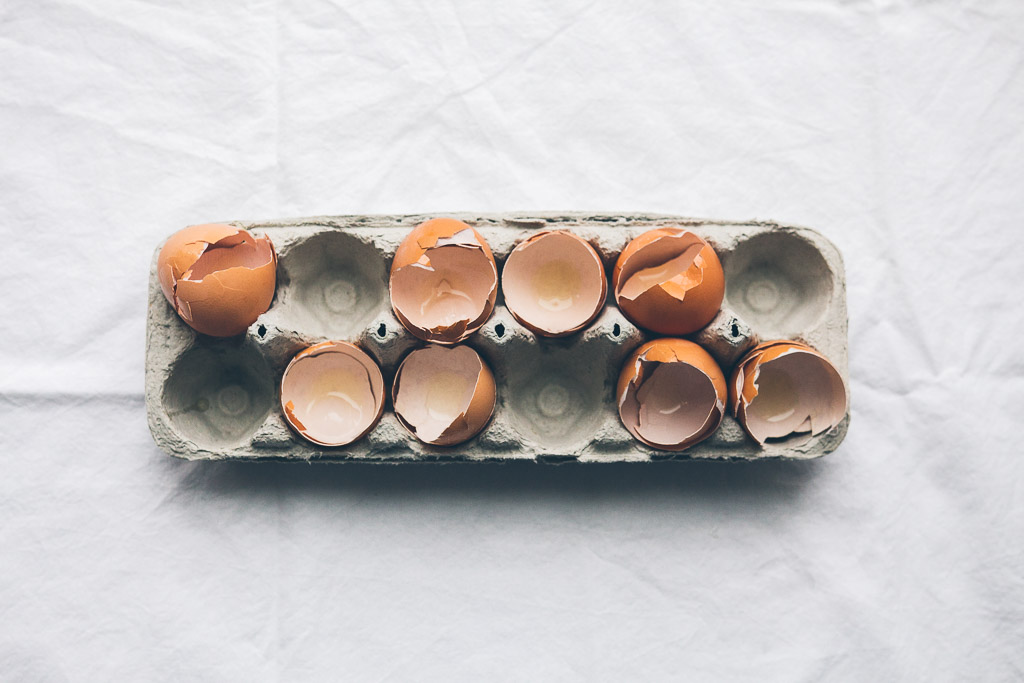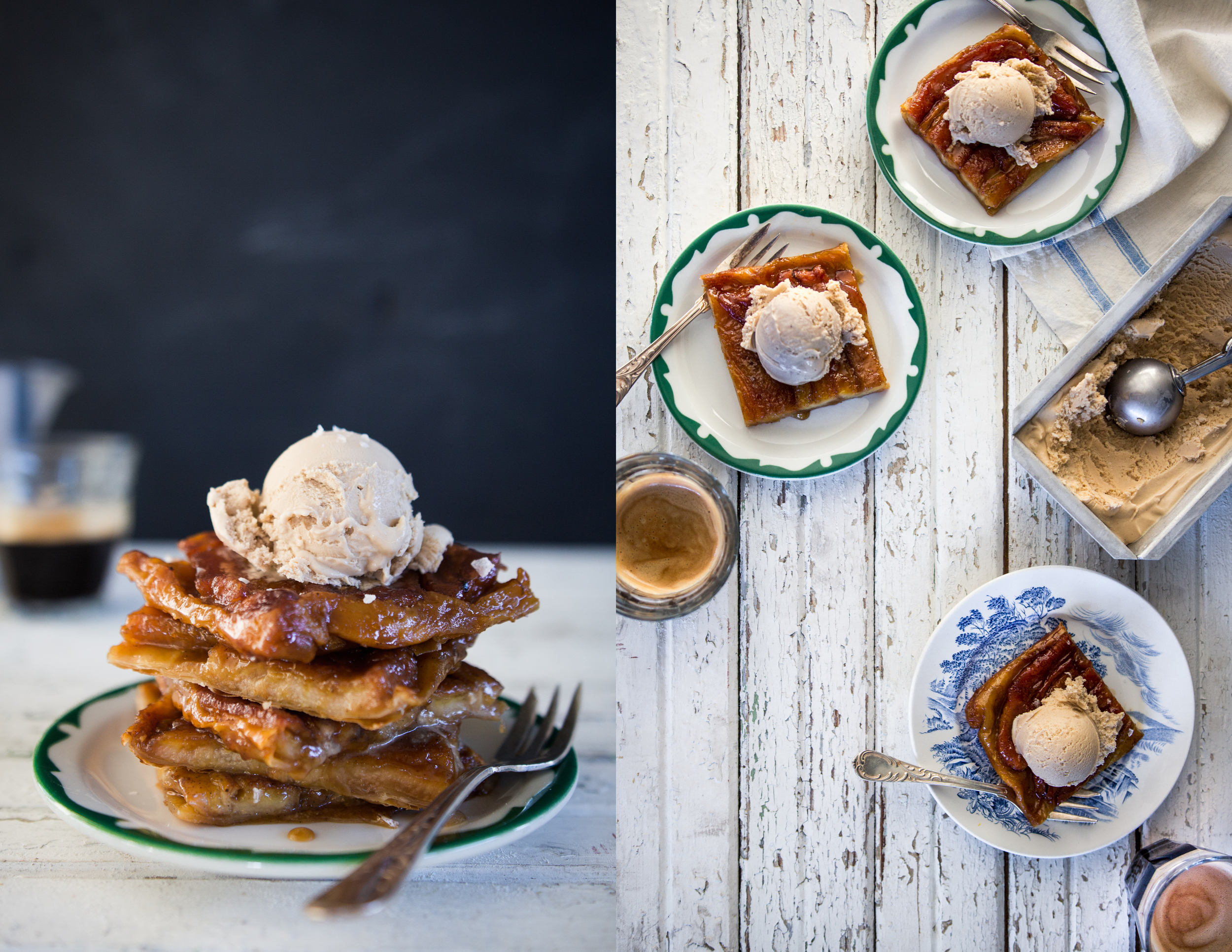I've got big news for you today: I'm teaming up with the super-talented Yossy Arefi of Apt. 2B Baking Co. to bring you a food & photography workshop in Paris this May!
We’ve planned 4 glorious days of cooking, shooting and styling in our light-filled Apartments Actually flat. We’ll visit local markets, boulangeries and cafes as we stroll the streets capturing the light Paris is famous for and tasting the city's best chocolate, coffee, pastries, cheeses and natural wines. And of course we'll gather around the table to share meals both in our beautiful workshop apartment and out and about in Paris.
We've designed this workshop for all skill levels. It will be a great opportunity to learn to shoot manually and master the settings on your camera if you’re new to that. More experienced photographers will benefit from our hands-on styling and editing sessions as well as our guided photo tours through the city.
All you need to do is book your ticket, pack your bags and show up. We’ve got all the details covered so you can focus on taking in the incredible beauty of Paris. You’ll leave feeling more confident in your photography skills and full of creative inspiration!
There are only 8 spots available. My last Paris retreat sold out in a week, so treat yourself to one of them before they're gone!
XO,
Olaiya





























